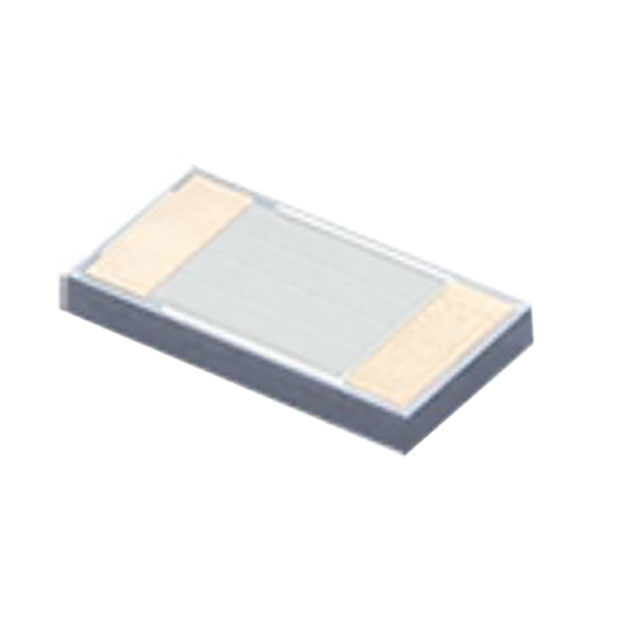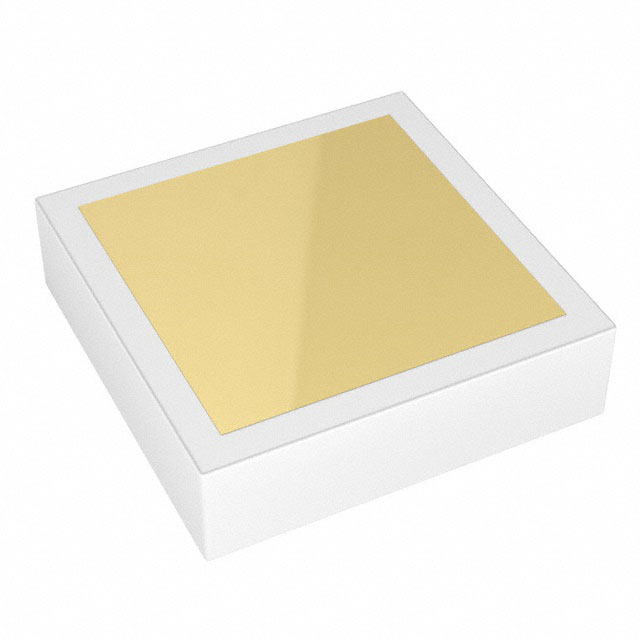

Types of Supercapacitor: Fully Explained (2025)

Types of Supercapacitor
An electrochemical capacitor, also called a supercapacitor, bridges the gap between traditional capacitors and batteries to store energy. A supercapacitor has a high power density, a rapid charge and discharge cycle, and a very long cycle life, which makes it ideal for battery storage and energy release. Electrochemical processes enable supercapacitors to achieve significantly higher capacitance values than conventional capacitors that rely on electrostatic charge storage. In addition to renewable energy systems and electric vehicles, they can also be used as backup power sources and consumer electronics due to their versatility. Supercapacitors are gaining increasing importance in the energy storage industry as we explore their working principles, advantages, and potential applications.
What is a Supercapacitor?

What is Supercapacitor
Ultracapacitors, or supercapacitors, are energy storage devices that combine the characteristics of capacitors and batteries. The capacitance of supercapacitors is much higher than that of conventional capacitors, which store energy electrostatically. The ability to store and discharge energy rapidly makes supercapacitors ideal for applications that require rapid energy supply. Various industries, including automotive, renewable energy, and consumer electronics, use them because of their high power density, long cycle life, and wide operating temperature range.
An electrolyte, a separator, and two electrodes make up the structure of a supercapacitor. Porous materials such as activated carbon are often used for electrodes, providing a large surface area to store charges. Voltage forms an electric double layer between the electrodes and the electrolyte when ions from the electrolyte migrate to them. In addition to being capable of charging and discharging quickly, supercapacitors may also have a high cycle life, often exceeding a million charging cycles. In spite of having a lower energy density than batteries, supercapacitors have the ability to deliver high power instantly and are durable enough to be used for regenerative braking in electric cars, backup power sources, and power smoothing in renewable energy systems. Moreover, you can also learn about Air Conditioner Capacitors and Ceramic Capacitors.
Types of Supercapacitor
Depending on the materials used in their electrodes and electrolytes, supercapacitors can be categorized into several types. Each type is suitable for a specific application due to its unique characteristics. EDLCs, pseudocapacitors, and hybrid capacitors are the three main types of supercapacitors. Each type is explained in detail below:
Electric Double-Layer Capacitors (EDLCs)
A supercapacitor's capacitance and power density are enhanced by its electric double-layer capacitor (EDLC). An EDLC stores charge electrostatically at the electrode/electrolyte interface. Materials such as activated carbon provide high surface areas for charge accumulation on electrodes, so they are typically made from high-surface-area materials. A double layer of electricity forms when the electrodes are exposed to voltage, due to accumulation of ions from the electrolyte. By using this mechanism, EDLCs can achieve capacitance values in the farad range, which are often very high. In electric vehicles, EDLCs are ideal for energy recovery systems, power backup solutions, and regenerative braking systems that require rapid charge and discharge cycles.
Pseudocapacitors
Electrostatic and electrochemical mechanisms are used by pseudocapacitors to store energy. The electrode surface of pseudocapacitors uses faradaic redox reactions to produce higher energy density than the electrode surface of electric double-layer capacitors. Polymers or transition metal oxides are typically used as electrode materials in pseudocapacitors, such as ruthenium oxide or manganese oxide. Pseudocapacitors can generate 20 to 100 Watts per kilogram of energy through redox reactions, which are comparable to batteries. Also, pseudocapacitors are capable of charging and discharging rapidly despite their lower power density than EDLCs. As a result, they are suited to use in hybrid electric vehicles, renewable energy systems, and portable electronic devices.
Hybrid Capacitors
EDLCs and pseudocapacitors combine their strengths to form hybrid capacitors that offer high energy and power density. It is common for hybrid capacitors to use two electrodes: one electrode usually consists of a traditional capacitor (usually activated carbon), and the other electrode usually consists of a battery-like material (such as lithium-ion). In comparison with standard EDLC capacitors, hybrid capacitors achieve higher energy density while maintaining good power density. It provides enhanced performance through a combination of double-layer capacitance and faradaic charge transfer. In electric vehicles, grid energy storage, and pulse power applications, hybrid capacitors are particularly useful for high energy output and quick charging and discharging.
Asymmetric Supercapacitors
As a subtype of hybrid capacitors, asymmetric supercapacitors are sometimes called asymmetric hybrid capacitors. In order to maximize energy density while maintaining a high power density, they use different materials for the positive and negative electrodes. Carbon-based materials are used for the negative electrode. Pseudocapacitive materials are typically used for the positive electrode (like transition metal oxides). In comparison to symmetric supercapacitors with the same material used for both electrodes, asymmetric supercapacitors are capable of achieving higher voltage outputs. Electric vehicles, energy recovery systems, and portable electronic devices can all benefit from asymmetric supercapacitors because they combine high energy storage with fast power delivery.
Carbon Nanotube Supercapacitors
In order to achieve exceptional performance, carbon nanotube supercapacitors exploit their unique properties. Carbon nanotubes provide excellent electrical conductivity, mechanical strength, and high surface area as electrode materials. Supercapacitors made from carbon nanotubes work similarly to EDLCs in storing energy by forming electric double layers. Carbon nanotubes can, however, significantly improve the capacitance of the supercapacitor as well as its overall performance. Advanced electric vehicles, aerospace, portable electronics, and aerospace all benefit from these devices because they deliver high-performance energy storage solutions.
Features
High Energy Density
A supercapacitor can store significantly more energy per unit volume than a conventional capacitor since it has a higher energy density. Unlike batteries, they can store energy by separating electrostatic charges instead of regenerating them chemically. Electric vehicles, renewable energy systems, and portable electronics use them because they can release and store energy quickly. With advancements in materials and design, their energy density is getting better, although it is still lower than batteries.
Fast Charge and Discharge Rates
The rapid charge and discharge capabilities of supercapacitors make them stand out. Charges can be completed in seconds, and high current can be delivered almost instantly. In regenerative braking systems for electric vehicles or to provide backup power to critical systems, this property is particularly useful. Furthermore, supercapacitors have a fast response time, which allows them to be used in consumer electronics as well as industrial applications to manage power.
Long Cycle Life
It has been estimated that supercapacitors can be recharged and discharged over one million times, outlasting traditional batteries by a large margin. This longevity is due to the fact that they do not undergo chemical changes that can eventually lead to degradation. In energy recovery systems, smart grids, and numerous industrial processes, supercapacitors are therefore well-suited for applications that require frequent cycling. Despite their higher initial cost, this type of battery has a long cycle life, which reduces the need for frequent replacements.
Wide Temperature Range
In some cases, supercapacitors can function effectively at temperatures as high as +80°C. As a result, they can withstand extreme temperatures and cold climates alike. Since they are robust, they can perform in fluctuating temperatures, which is vital for outdoor applications such as solar and wind power as well as automotive applications.
Low Internal Resistance
Charge and discharge cycles of supercapacitors are facilitated by their low internal resistance, which results in a minimal loss of energy. Consequently, they are excellent for applications that require quick responses to power demands due to their ability to deliver high power output efficiently. Additionally, the low internal resistance allows them to store and retrieve energy more efficiently, thereby improving the overall efficiency of energy systems and electronic devices.
Environmental Friendliness
In comparison to standard batteries, supercapacitors are often considered healthier for the environment. Sustainable materials are typically more abundant and less toxic, which is aligned with global sustainability initiatives. They also contribute to lower environmental impacts throughout their lifecycle because of their long lifespan and recyclability. Since industries are moving toward more sustainable energy solutions, supercapacitors are an ideal green technology option.
Maintenance-Free Operation
Supercapacitors are generally maintenance-free, unlike batteries, which require maintenance to perform optimally. Simple operation and the absence of moving parts are key factors in this characteristic. In systems such as remote sensing or remote telecommunications, supercapacitors can be relied upon for extended periods without monitoring or regular maintenance.
Wrapping Up
Supercapacitors offer distinct advantages over traditional capacitors and batteries in the realm of energy storage. It is the type of supercapacitor that best illustrates the versatility and adaptability of supercapacitors for a wide variety of applications, such as hydraulic double-layer capacitors (EDLCs), pseudocapacitors, and hybrid capacitors. Designed specifically for consumer electronics, electric vehicles, and renewable energy systems, these batteries deliver high levels of energy density and power density.
Technology and material advancements are enhancing supercapacitors' performance and reducing their costs, allowing them to play a more important role in the transition to more sustainable and efficient energy solutions. In order to create energy storage technologies that meet society's growing demands, designers and engineers need to know the types of supercapacitors.
Subscribe to JMBom Electronics !











